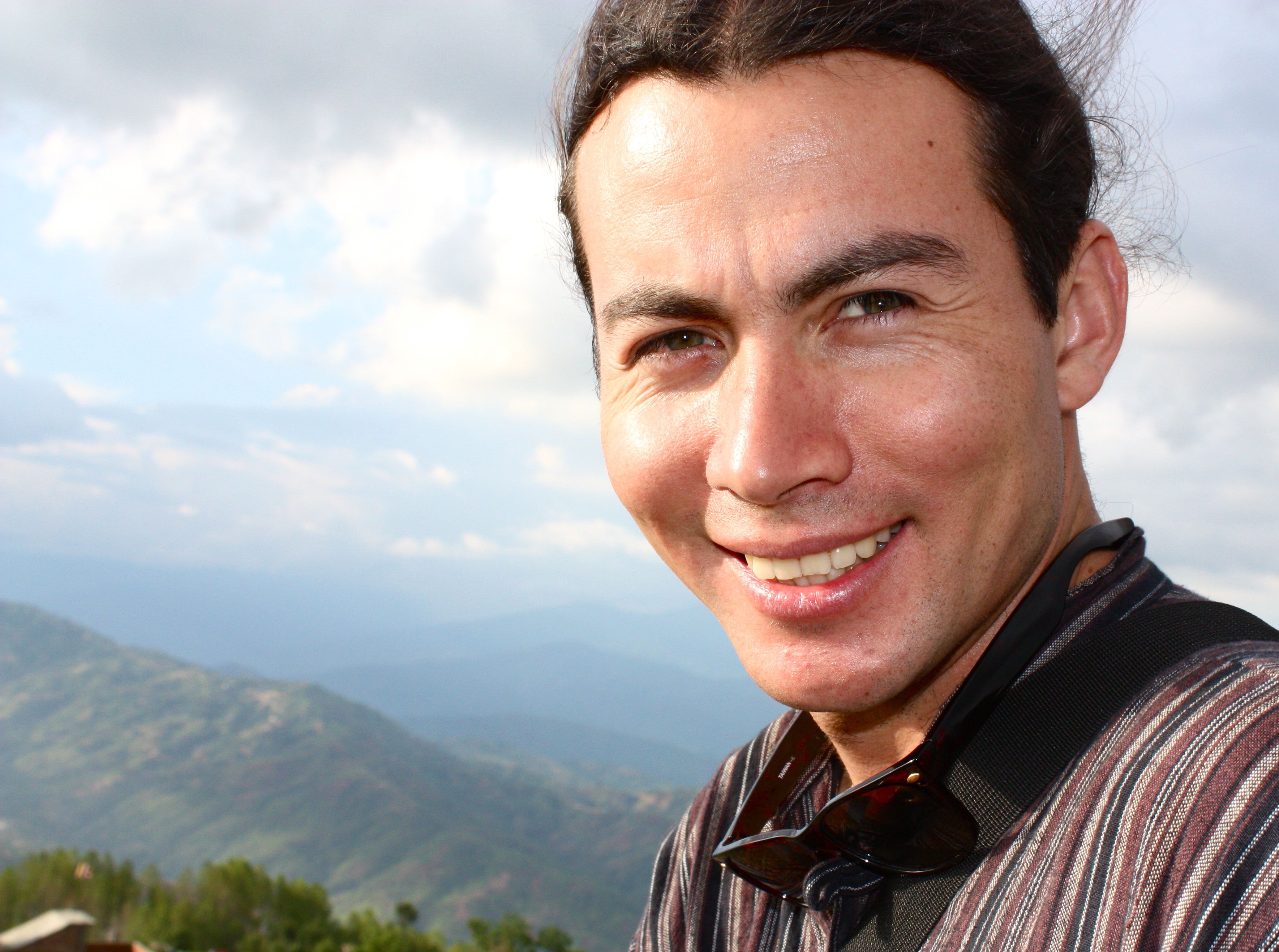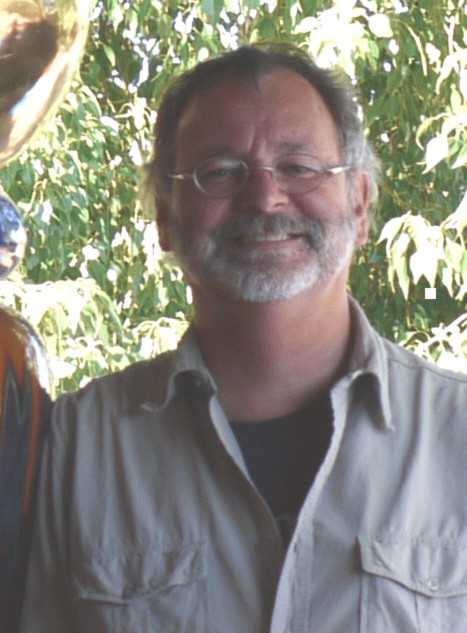VACEA - Colombia Researchers Publish E-Book
The Canadian VACEA team is proud to share a recent publication by the Colombian research team. Access the e-book by clicking the link below (spanish language only).
¡No sé qué vamos a hacer con estos climas!
ISBN: 978-958-8848-92-1
Student Update - November 2013

This article is a brief update on the work that several graduate students on the VACEA project have been doing with the interview data they collected last summer. Using a community-oriented approach, students conducted both community vulnerability assessments (CVAs) and governance assessments of the specific Canadian VACEA study sites. In February and March of 2012 both CVA and Governance interviews were conducted in Rush Lake, Saskatchewan as part of the assessment. Similarly, in May and the beginning of June interviews were conducted in Pincher Creek Alberta. During the end of June and into July the assessment continued in Shaunavon, Saskatchewan and finally in July 2012 interviews were completed in Taber/Lethbridge, Alberta. The Blood Tribe in Alberta is the final community that will be studied as a part of the Canadian portion of the VACEA project; however, appropriate methodological changes may be required in this First Nations community given the historical impacts of colonialism and marginalization.
VACEA Community Profile: Shaunavon Saskatchewan

The town of Shaunavon is located in southwestern Saskatchewan at the southern edge of the Swift Current Creek Watershed. The community has a population of approximately 1,756 – a number that continues to grow due to increasing economic activity in the area. Shaunavon is located in an area known as the Dry Belt, at the heart of the semi-arid region known as Palliser’s Triangle. The area is known for its history of extreme, prolonged drought.
VACEA Fieldwork Update - Summer 2012

The year 2012 has been an interesting and productive one for the VACEA graduate student researchers. Interviewing was completed in the small community of Rush Lake, Saskatchewan, during the winter months. We interviewed 21 people from the community, which has a total population of only 50, and its surrounding area. This high response rate is a testament to both the generosity of the community and the relevance of the VACEA project’s focus. In March, we were honoured to be invited to attend the annual ratepayers’ dinner in the Rural Municipality of Excelsior and to provide a presentation on our research. Accompanied by Dr. Dave Sauchyn and Dr. Polo Diaz, we presented a summary of our research process and some initial observations. The supper provided us with another opportunity to answer questions about the project and, importantly, to say “thank you” to all the residents who shared their experiences with us.
Experience in the Field - 2012

A total of 140 interviews were carried out with a great enthusiasm from the participants of the four communities in Alberta in Saskatchewan. The fieldwork included two sets of interviews. The Community Vulnerability Assessment (CVA) has the objective of developing a systematic understanding of the present and past vulnerabilities of rural actors to extreme climate events. On the other hand, the government assessment is an exploration of the entire network of actors, institutions, relationships, organizations, and entities involved in managing the resources of water and responding to climate variability, hazards and extreme events.
Climate and Hydrology of the Research Basins
by Dr. Stefan Kienzle

One of the key objectives of the VACEA project is to provide new information on the impact of climate change on the availability of water resources in various study watersheds. In Canada, three watersheds are the focus of the impacts assessment (Figure 1): The Oldman River Basin (ORB), the Castle River Watershed (CRW) – a headwater tributary of the ORB – and the Swift Current Creek Watershed (SSCW). The impact of climate change on water resources is simulated using the ACRU agro-hydrological modelling system (ACRU), a distributed physically-based hydrological modelling system.
